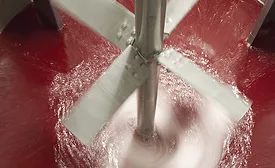Mixing Sustainability and Innovation
As continued research and development races to meet the growing appetite for sustainable adhesives, manufacturers must also push innovations in processing that reduce both waste and energy consumption.
Read More


